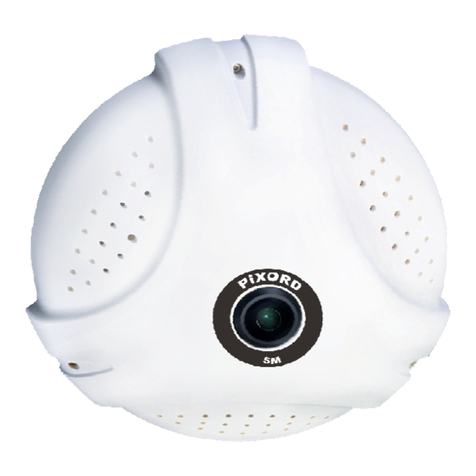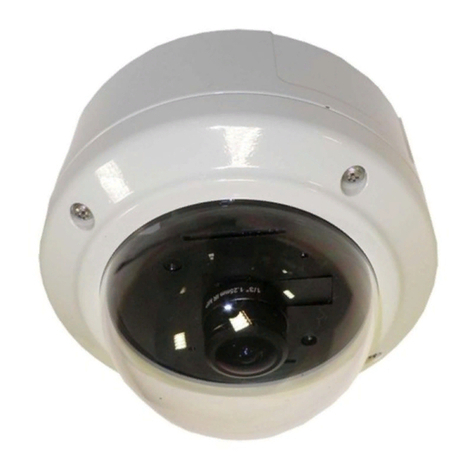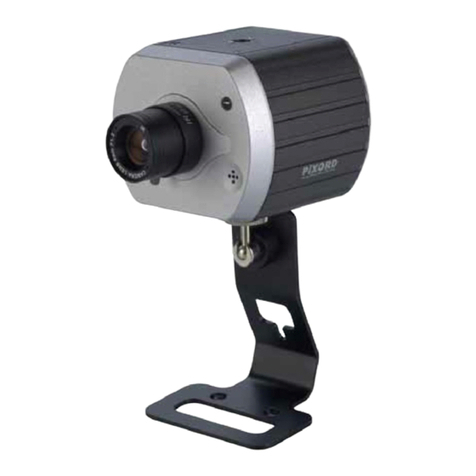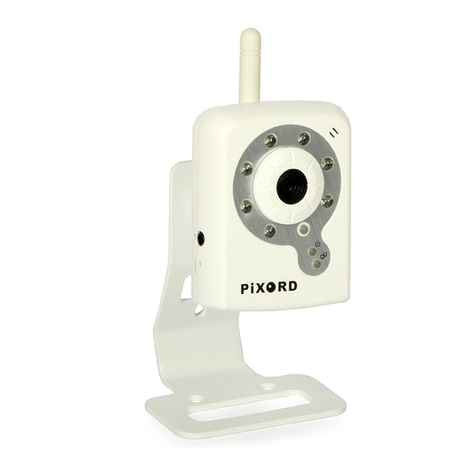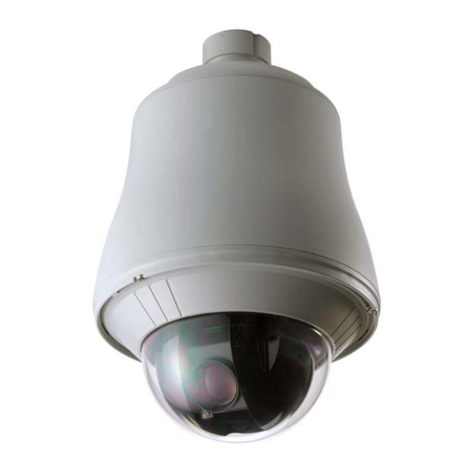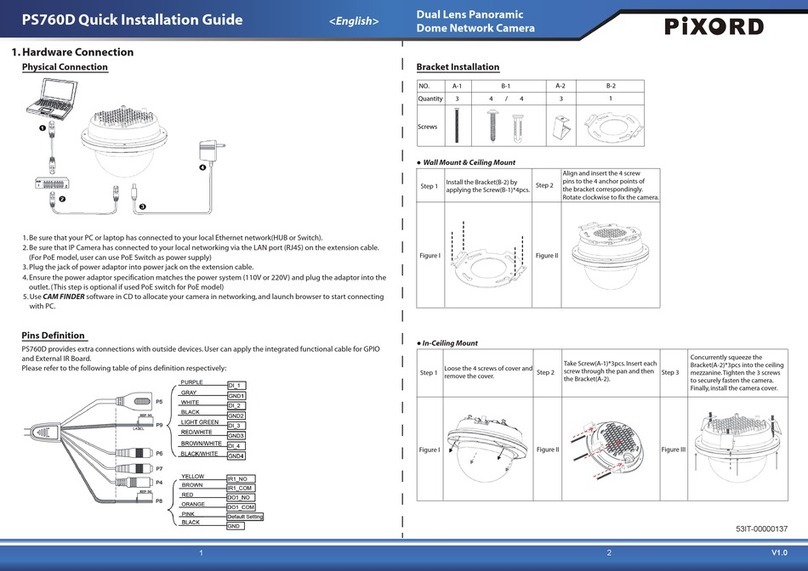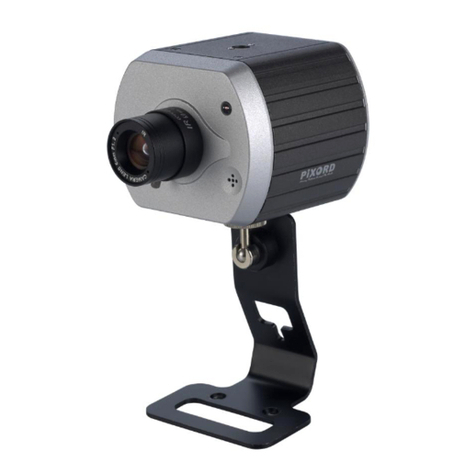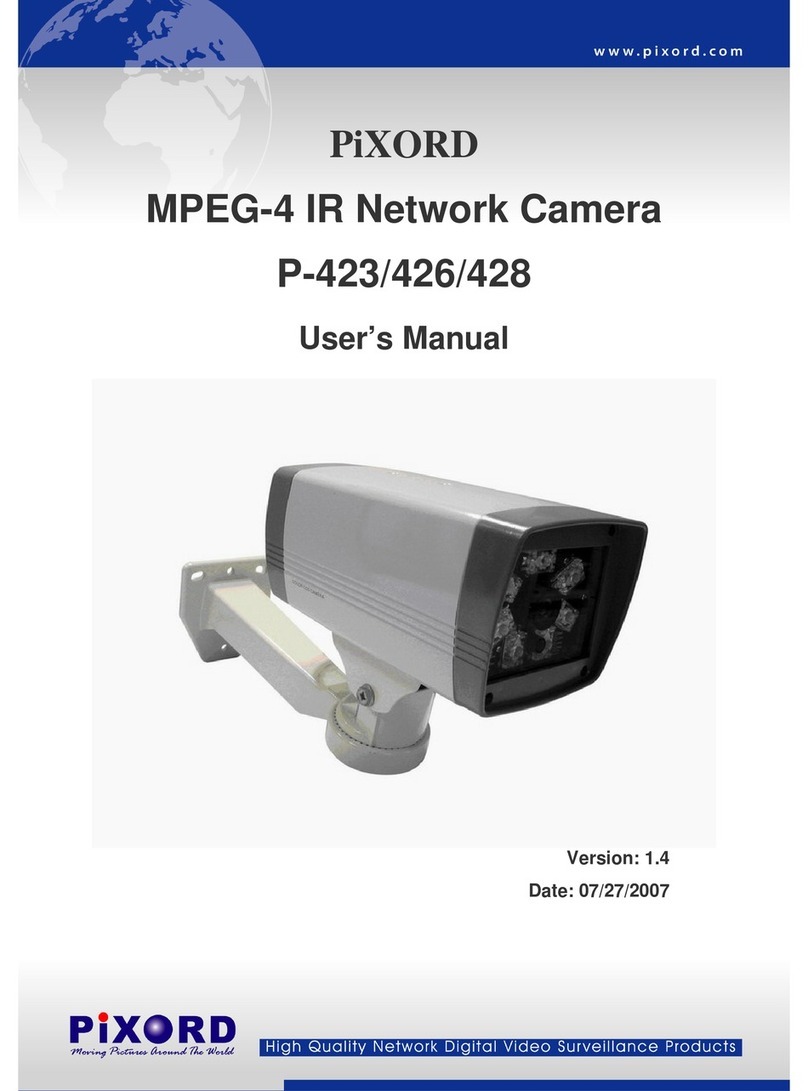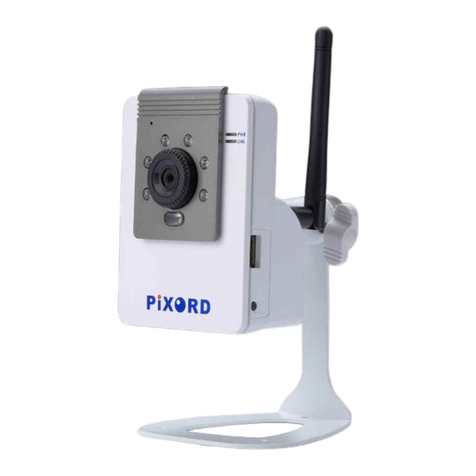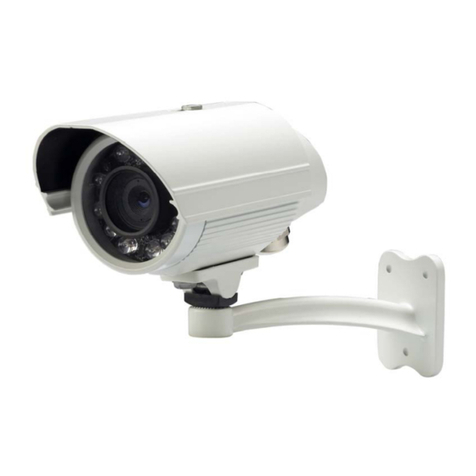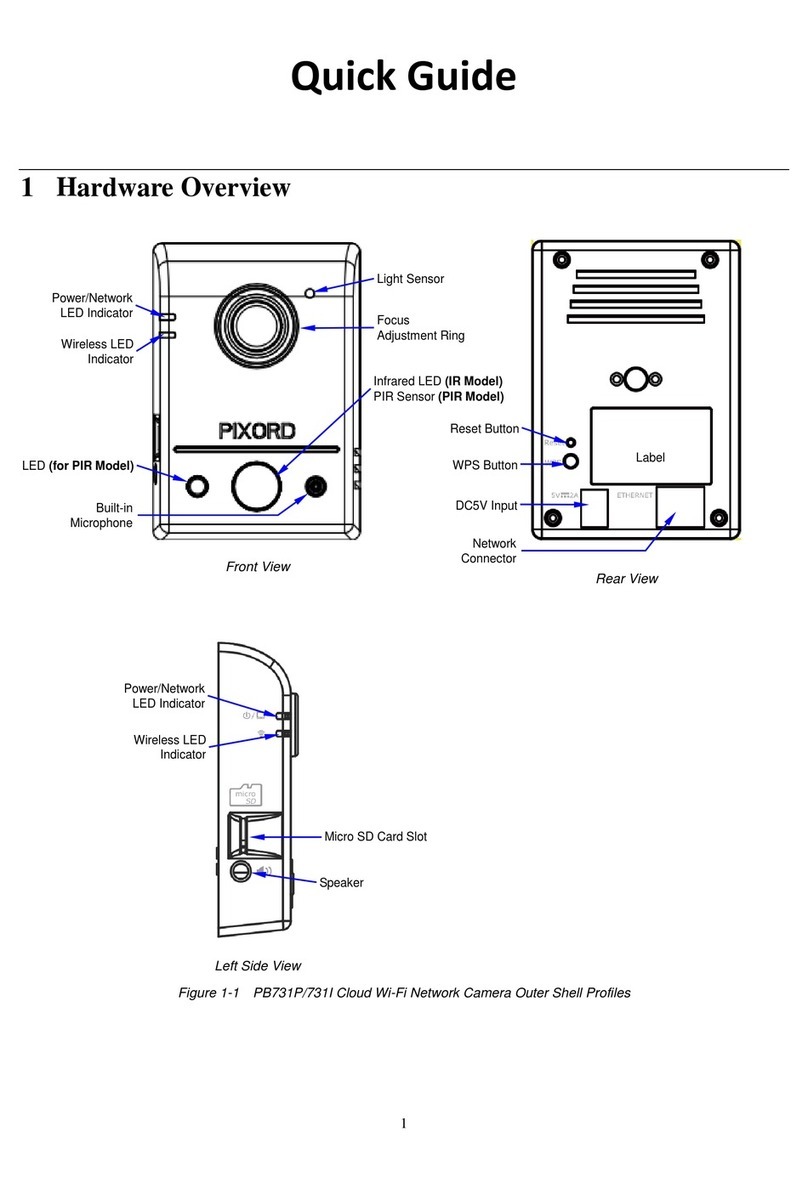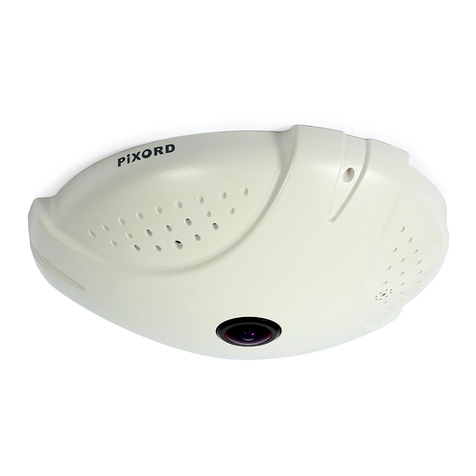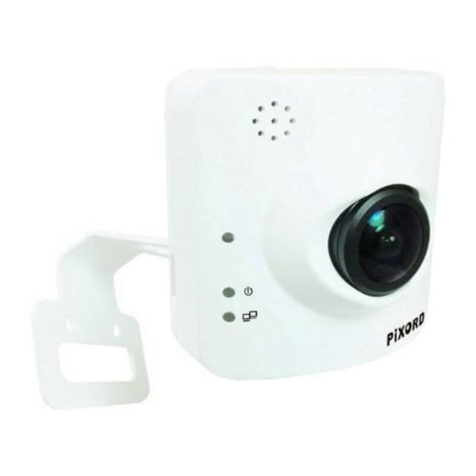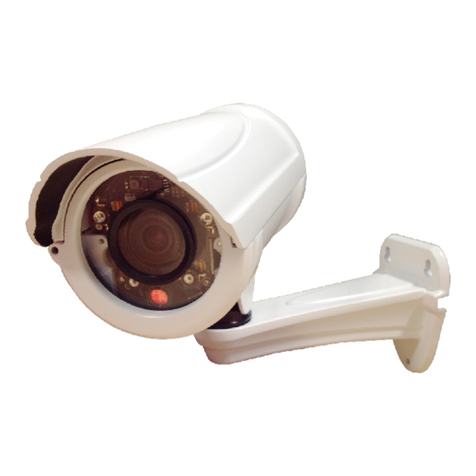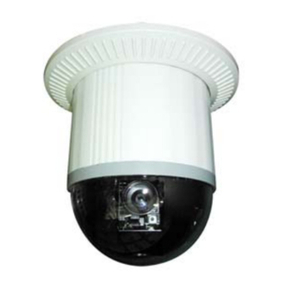
Contents
PD736 User’s Manual iii
Contents
ContentsContents
Contents
Contents
ContentsContents
Contents
iii
iiiiii
iii
Important Notes ........................................................................................................... vii
Customer Support ........................................................................................................viii
1
11
1 Introduction
IntroductionIntroduction
Introduction
1
11
1
Hardware Overview........................................................................................................ 2
2
22
2 Installation and Setup
Installation and SetupInstallation and Setup
Installation and Setup
5
55
5
2.1 Camera’s Mounting Bracket Installation................................................................... 5
2.2 Connecting Camera to Network through LAN Router Cable.................................... 6
2.3 Configuring and Finding Camera via Software ......................................................... 7
2.3.1 Open the Web-based UI ........................................................................... 12
3 Camera Live View UI Sett
3 Camera Live View UI Sett3 Camera Live View UI Sett
3 Camera Live View UI Settings
ingsings
ings
14
1414
14
3.1 Quick Access Buttons ........................................................................................... 16
3.2 Camera Live View UI Setting Tools ...................................................................... 17
4
44
4 Setup Execution
Setup ExecutionSetup Execution
Setup Execution
22
2222
22
4.1 System Setup Execution........................................................................................ 22
4.1.1 Information Tab ....................................................................................... 23
4.1.2 Time Tab.................................................................................................. 24
4.1.3 Security Tab............................................................................................. 25
4.1.4 Maintenance Tab...................................................................................... 27
4.1.5 System Log Tab ....................................................................................... 29
4.2 Network Setup Execution..................................................................................... 30
4.2.1 General Tab.............................................................................................. 30
4.2.2 Wireless Tab (*Optional function) ............................................................ 32
4.2.3 DDNS Tab............................................................................................... 33
4.2.4 Multicast Tab ........................................................................................... 34
4.2.5 IP Filter Tab............................................................................................. 35
4.3 Video & Audio Setup Execution ........................................................................... 36
4.3.1 Stream Tab............................................................................................... 37
4.3.2 Video Tab ................................................................................................ 39
4.3.3 Audio Tab................................................................................................ 46
4.3.4 Privacy Mask Tab..................................................................................... 47
4.4 Event Setup Execution.......................................................................................... 49
4.4.1 Motion Tab .............................................................................................. 49
4.4.2 Video Tab ................................................................................................ 51
4.4.3 Snapshot Tab ........................................................................................... 55

